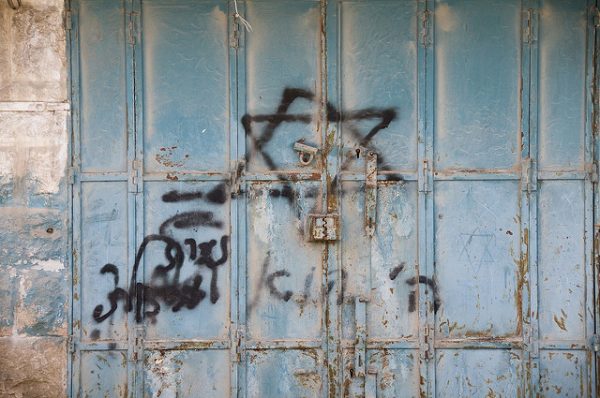
The Palestinian-Israeli conflict is a recurrent and divisive topic in international headlines. In the last year, the Trump administration has positioned itself as a firm supporter of Israel by recognizing Jerusalem as its capital and cutting aid to Palestinian territories. These moves have drawn praise and criticism in the United States and abroad, with commentators speculating what this might mean for an eventual peace treaty. Sociology can help explain why this conflict has persisted for so long and how a breakthrough might finally be achieved.
When violence is directed toward a group rather than an individual, suffering gains a social dimension. An identity of victimhood is constructed. Not all tragic pasts lead to this label; rather, groups that experienced violence and groups in power negotiate the use of the term, “victim.” This identity is particularly strong among Palestinians and Israelis, with both groups highly conscious of the historical and contemporary harm they have suffered from the other. Collective victimhood functions to maintain a group’s moral self-image and to bolster in-group solidarity. It can also justify violence against the out-group motivated by “self-defense.”
- Jeffrey Alexander. 2012. Trauma: A Social Theory. Malden, MA: Polity Press.
- Johanna R. Vollhardt. 2009. “The Role of Victim Beliefs in the Israeli-Palestinian Conflict: Risk or Potential for Peace?” Peace and Conflict 15(1): 135-159.
Victim status is projected to third-parties to win sympathy and support. Resources for humanitarian aid are limited and are generally distributed to groups that the international community considers to be the primary or sole victim of a conflict, especially in recent decades. Accordingly, groups fight for control of the victim identity. This process, known as competitive victimhood, involves each side claiming that it has suffered more unjust violence than the other group. Competitive victimhood perpetuates the victim identity, which can make reconciliation more difficult.
- Masi Noor, Nurit Shnabel, Samer Halabi, and Arie Nadler. 2012. “When Suffering Begets Suffering: The Psychology of Competitive Victimhood Between Adversarial Groups in Violent Conflicts.” Personality and Social Psychology Review 16(4): 351-374.
- Laleh Khalili. 2007. “Heroic and Tragic Pasts: Mnemonic Narratives in the Palestinian Refugee Camps.” Critical Sociology 33: 731-759.
Recognizing the negative impact of competitive victimhood can suggest a path toward peace. Adopting a common victimhood identity reduces competitive victimhood and increases willingness to forgive. One experiment showed that Israelis express less support for aggressive policies against the Palestinians if they read a narrative emphasizing suffering on both sides. The effectiveness of individual interventions is suggestive, but large-scale reconciliation requires the social construction of a common victimhood identity in public discourse.
- Levi Adelman, Bernhard Leidner, Helin Unal, Eman Nahhas, and Nurit Shnabel. 2016. “A Whole Other Story: Inclusive Victimhood Narratives Reduce Competitive Victimhood and Intergroup Hostility.” Personality and Social Psychology Bulletin 42(10): 1416-1430.
- John D. Brewer. 2010. Peace Processes: A Sociological Approach. Cambridge: Polity.
Competitive victimhood results from the black-and-white categories used to distribute blame and sympathy in inter-group conflicts. Moving beyond this dichotomy may improve the odds of eventually securing peace between Israelis and Palestinians, as well as solving other intractable disputes.

Comments